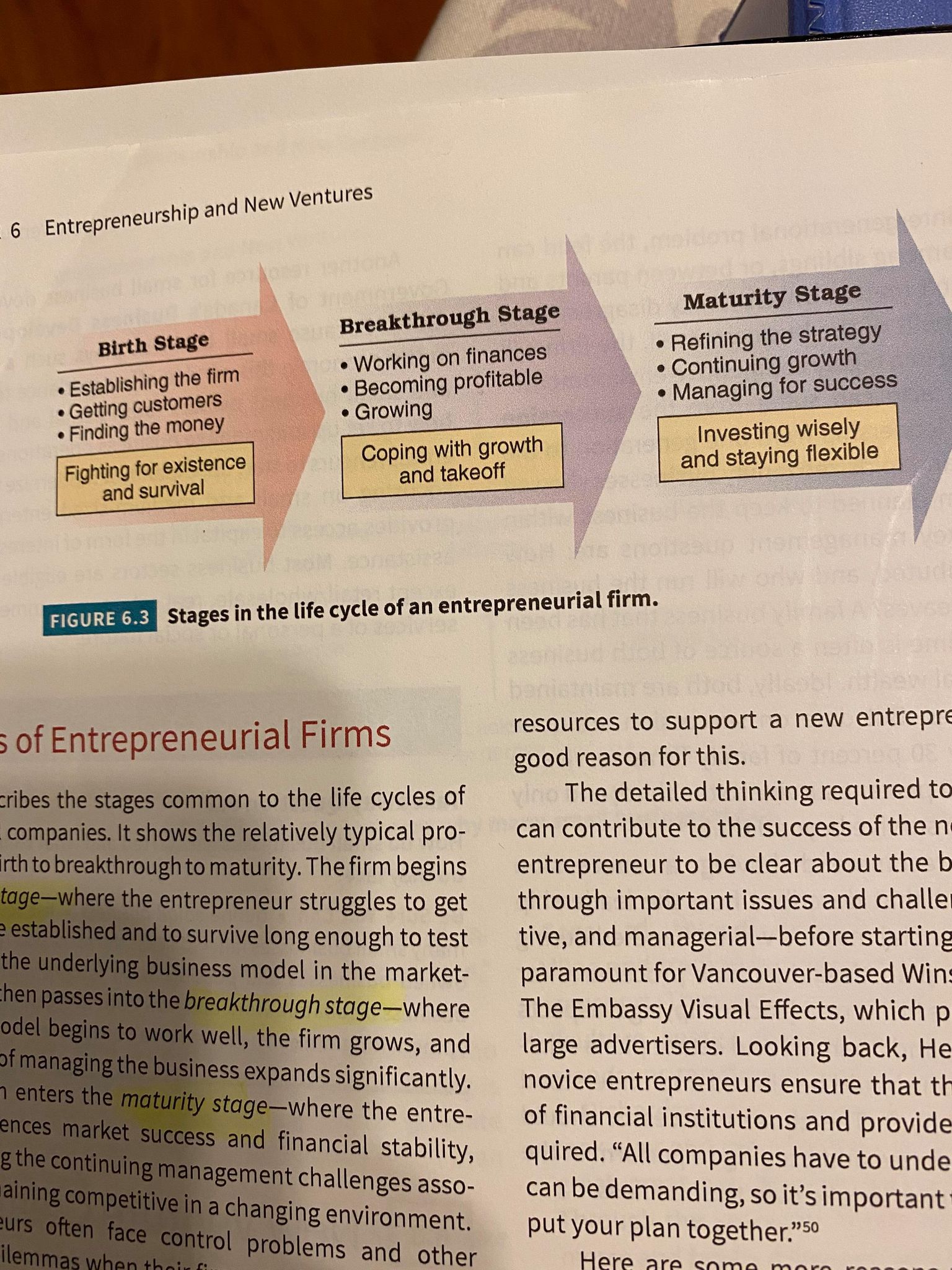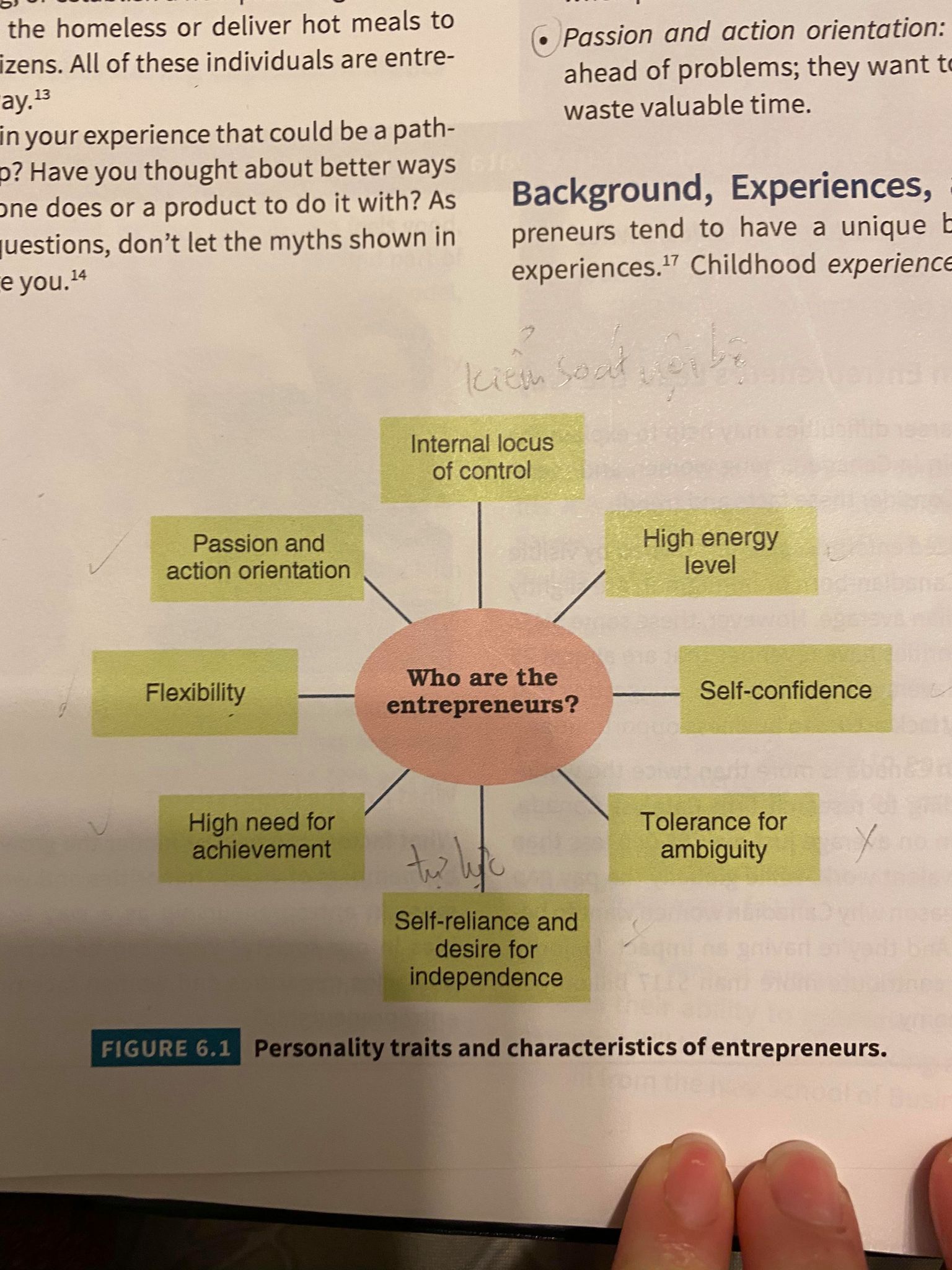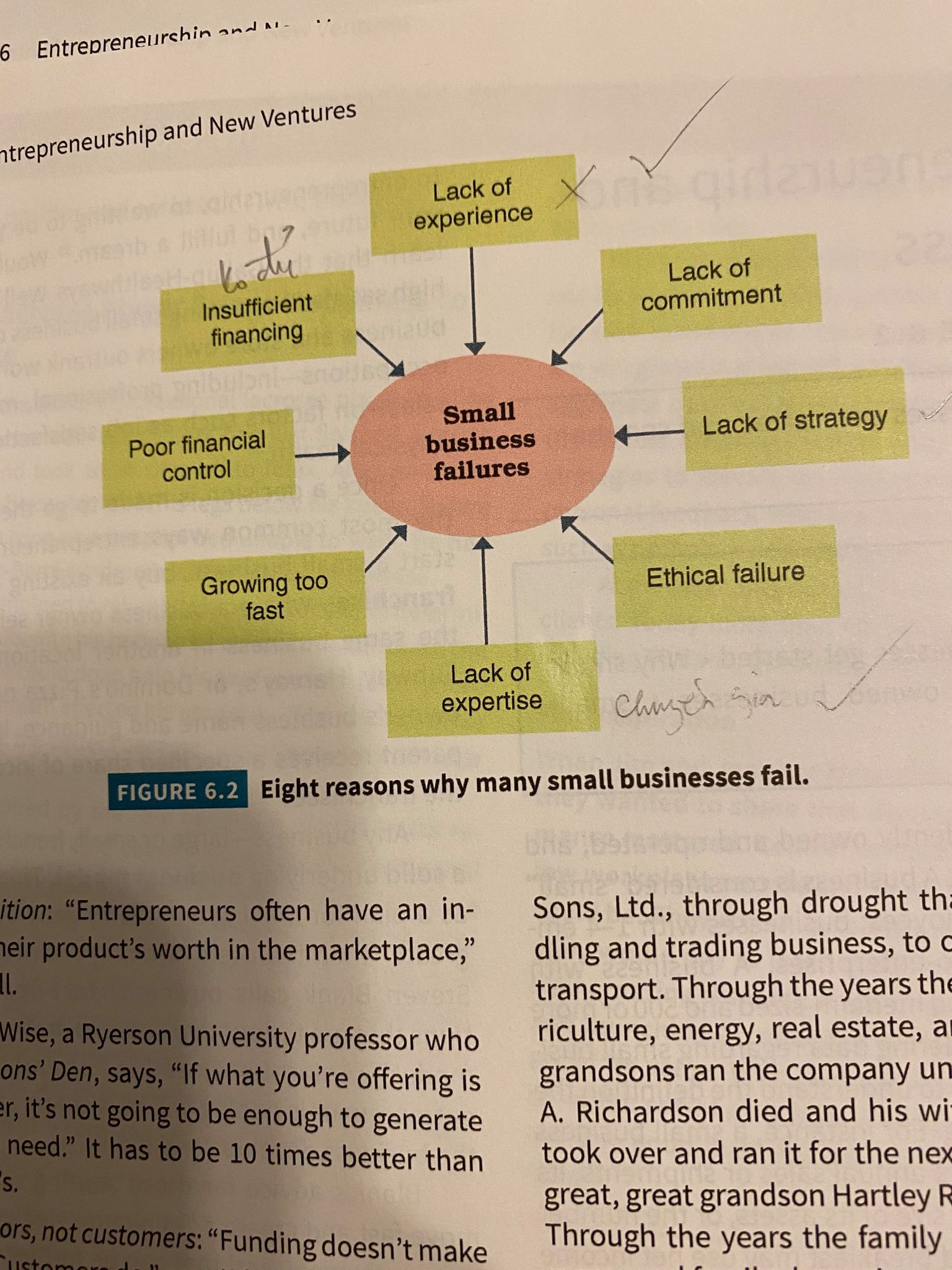Question
ShopifyMaking Commerce Better Starting a business is a risk in itself, but completely changing your product or service is even riskier. But like many entrepreneurs,
ShopifyMaking Commerce Better
Starting a business is a risk in itself, but completely changing your product or service is even riskier. But like many entrepreneurs, Tobi Ltke and Scott Lake of Ottawa were willing to take that risk. When they realized the software powering their online snowboard store was a better bet than selling winter gear, they did a 180, and Shopify was born. The trick has paid off.
In 2004, when Tobi Ltke and Scott Lake decided to sell high-end snowboards online, their ambitions were simple: to just sell a product they loved on the Internet. Besides being an avid snowboarder, Ltke was a computer programmer from Germany, 22 years old and new to Canada. Lake, 12 years his senior, who also loved the sport, had spent some time in a previous start-up online business with a couple of friends and was eager to launch one of his own. When Ltke researched available software tools for retailing online, what he found was very disappointing. Nothing allowed retailers to keep their own brand and build close relationships with their customers. So, like any budding yet determined entrepreneurs, Ltke and Lake overcame that barrier by building software of their own. By chance, a new computer language called Ruby on Rails had become available in Japanese, but even without knowing Japanese, Ltke figured out the codes. Being new to such translations, he attracted the attention of other users with whom he freely shared components of his developing system.
As their snowboard business got off the ground, Ltke and Lake started to slowly notice a remarkable thing. They were coming to believe that the software Ltke developed was an even better product than the high-end snowboards they were sourcing. So, they took a step back, reassessed their business model, and decided to move from selling snowboards to selling software for others like themselves who wanted to engage in e-commerce. This was a risky shift in what they originally conceived as the purpose of their business. But they made the move just the same. Lake loved the rush of another start-up and Ltke had faith in his new program. They were off and running.
By 2006 they officially launched their easy-to-operate e-commerce platform they called "Shopify" and began to hire more people. Their first hire was Daniel Weinand (now considered a co-founder), a fellow German programmer and a long-time friend of Ltke's. By the time Scott Lake decided to leave the company in 2008, they had 10 people on staff. It was a propitious year for change. The economy had tanked, and thousands of people who were out of work were seeking autonomous ways to earn a living. Selling online was a go-to option that turned out to be a turning point for Shopify.
Growth during the next nine years was explosive. By 2017, the Shopify staff had grown to 1,750, working in modern offices in Toronto, San Francisco, Montreal, and Waterloo, Ontario, and in its headquarters in Ottawa. That same year it had 325,000 merchants (customers) selling retail online, doing $24 billion worth of business, operating in 150 countries. What accounts for such growth?
What Shopify Offers Its Customers
Shopify offers a unified and affordable platform for merchants who are not necessarily tech-savvy but want to run a full-service, e-commerce business of their own. The software can be fully customized, with multiple sales channels, alternative payment methods, unlimited inventory, and the ability to track sales and growth. Plus, it has over 700 experts available to offer advice and partnerships with key players such as Facebook, Pinterest, Twitter, and Amazon.
Although the product is attractive to small and medium-sized businesses, large companies also trust Shopify's software as well, including Red Bull, Cross Fit, Wikipedia, General Electric, and Tesla Motors?a model of which Ltke happens to own.
Formula for Success
Shopify's first success factor is the elegance and versatility of its software. It's intuitive and simple to use, with over 100 themes and 1,500 apps from which a merchant can choose. The second factor is that Tobi Ltke has built a solid management team. When Scott Lake left in 2008, Ltke became CEO, a job for which he knew very little but learned quickly. He read everything he could and interviewed designers, programmers, and fellow entrepreneurs to learn from them, in what he called a crash-course MBA. He treated the task of learning to be CEO like a software problem he had to solve. "Any given thing," Ltke says, "like how to do finances of a company, how to organize a company internally, and HR, these things are problem domains to me. I'll try to just understand them as I would try to understand something I need to build software for." He achieved success because he was focused on developing incremental improvements in the product, while creating a smoothly functioning organization. In other words, money was not his main driver. Excellence was.
Funding and the Shopify Business Model
To get his first business off the ground Ltke depended on 10 friends and family to stake him $200,000 to sell snowboards. When Shopify started to show promise in 2008, he attracted a venture capitalist, John Phillips, who invested another $250,000 in the business. Under Phillips' guidance, Shopify soon sold shares, raising another $100 million. Then, the big move came in 2015 when it went public with an IPO and raised an additional $131 million with a valuation of $1.27 billion. During that time, the company also changed its business model from charging merchants a percentage of sales, to selling monthly subscriptions, which was a more reliable source of revenue.
Entrepreneurship Under Control
Shopify represents an interesting paradox. Although it sells its product online in a virtual marketplace, it operates its own businesses in bricks and mortar buildings. Shopify dropped the "e" from e-commerce and has started offering a platform that supports traditional retail as well. Harley Finkelstein,COO, explains:"Most people assume that the future of retail is one or the other: it's online or it's offline... Our view is that it's all digital retail. In the future, consumers will dictate to the retailer how they want to purchase." Shopify is making sure that all options are available to the merchant to sell to customers, whether it's online, at an actual store, or at a farmers' market using mobile payments.
New companies often fail when it comes to scaling the business. Many entrepreneurs can't let go of all the facets of the business they once controlled and they begin to micro-manage the people they've hired to do the job of expansion. Tobi Ltke, on the other hand, has successfully moved from the hands-on skill of programming and product development to becoming a visionary and strategic leader. This meant he had to surrender to the talents of others?a step many entrepreneurs are reluctant to take. What he maintains is the passion that he had when he first started out. He attributes much of Shopify's success to the fact that the company is still being run by a founder who hasn't lost sight of the vision and who still earnestly maintains and encourages a start-up state of mind. That is, he still shows the willingness to be curious and constantly ask why and what if. It means being open with information. It means reinforcing an attitude of action that is coupled with the courage to fail and the resilience to learn and refine. It means having a desire to make a personal impact on customers. Lastly, it means maintaining a relentless focus on imagining what is yet to be and fulfilling the promise of their own possibilities. Shopify's mission is to dominate the commerce sector. So far, it has shown no signs of slowing down.
Case Analysis Questions
1.Discussion
What attributes does Tobi Ltke possess that classify him as an entrepreneur?
2.Discussion
When U.S. President Donald Trump in early 2017 ordered American borders closed to refugees and immigrants from seven countries for 90 days, Tobi Ltke signed a petition, along with thousands of other individuals from the tech industry, asking Ottawa to give temporary residency to those displaced by the ban. On the other hand, when 21,000 of his own customers signed a petition asking for Ltke to stop doing business with Steve Bannon, Trump's chief strategist and executive chairman of Breitbart News, a publication known for encouraging racist nationalism, Ltke replied "if a merchant is selling products legally in the jurisdiction in which they are operating, they can use our software," and he remained unmoved. In either case, was Ltke right to have made the decisions he did? Did they seem inconsistent to you, or are they both consistent and defensible?
3.Problem Solving
Some customers of the merchants who use Shopify's software to conduct their businesses have complained of being scammed. Some complain of never having received the product they paid for, or not receiving refunds for products returned. Who should be responsible for addressing such complaints?Is it Shopify's responsibility to vet its customers' integrity as well as their legality? Defend your position.
4.Further Research
Shopify has several competitors, including Amazon Webstore. What is Shopify's value proposition and what significant competition does Shopify face?
Question from me
1.Describe Lutke's entrepreneurial characteristics by applying Figure 6.1. Using a scale of 1 to 10 with 1 being the weakest, rate Lutke on these individual characteristics and also determine an overall rating for him.
2.Two years after Shopify was launched, the economy tanked. Apply each of the criteria in Figure 6.2 to determine the reasons why Shopify did NOT fail.
3.Describe in as much detail as possible using data from the case, the stages in the life cycle of Shopify. Apply Figure 6.3 to conduct this analysis.
4.It appears from the case data, that Shopify has financed the company on several occasions in keeping with its growth options. Discuss the financing used at each step of the life cycle.



Step by Step Solution
There are 3 Steps involved in it
Step: 1

Get Instant Access to Expert-Tailored Solutions
See step-by-step solutions with expert insights and AI powered tools for academic success
Step: 2

Step: 3

Ace Your Homework with AI
Get the answers you need in no time with our AI-driven, step-by-step assistance
Get Started


